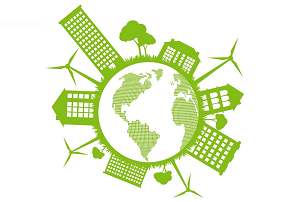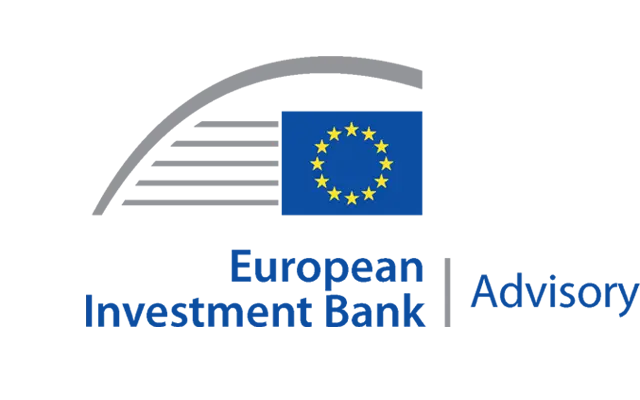Investing in low carbon economies: Lessons from the London Green Fund

Our
Simon White from the GLA explained how the financial instrument was primarily driven by targets for minimising carbon emissions and waste within the city's urban regeneration plan, saying: "There were lots of projects that needed to be delivered, and there were lots of finance that needed to be secured to enable those to happen." A solution to this challenge involved a shift in approach to develop a fund that used the ERDF as investment finance to support infrastructure projects.
The
Scale matters
Acknowledging such a consideration for the design phase of similar funds, Mr White pointed out that: "one of the main challenges is the risk profile of different projects which can be quite different from each other and quite specific, so it can be difficult to find an appropriate [investment] rate that maintains their bankability. We needed a structure for the fund that enabled us to invest at different scales in environmental projects. The opportunity to use this fund to explore how we might be able to finance those types of projects, using these types of financing approaches, is really important." Grouping projects into 'bundles' was noted as a possible option.
James Samworth, fund manager for the LGF's Foresight Environmental Fund (FEF), reinforced the reality of working across different project scales, noting that: "in our experience, once deals get below a certain size, difficulties can start with transaction costs, due diligence costs, and legal costs." This meant that FEF needed to identify and work with a range of different
Mr Samworth said that some project ideas for FEF proved to be: "pretty small for traditional senior bank funding, and when we were structuring those deals there was not the same appetite in the banking market as there is now for waste management infrastructure. We had to convince people that our investment proposals were well structured and well developed." This included demonstrating to potential investors that the LGF project proposals were adequately advanced in terms of legal permissions and financial resilience.
Convincing cases
Adopting this
Leo Bedford, fund manager for the LGF's London Energy Efficiency Fund (LEEF), drew attention to the potential of using development grants to increase investor confidence. He pointed out that: "the world is full of good ideas, but it's difficult to get the idea to a stage where it can be credit rated for investors to decide if they want to invest in it and at what price. The lesson we have learnt about scale relates to the question of development capital: Who is paying for bringing the project to a bankable, investable stage?"
Availability of development funding (from EU and national sources) for some of the individual LGF projects helped to speed up the essential
LGF's portfolio of tangible projects was highlighted during the C40 case study presentation as also being an effective tool for attracting additional investors. This finding from the LGF experience highlights the power that effective communication provides for helping to build a pipeline of investment proposals. Developing successful precedents was shown to have a motivational effect for others to express their interest in the LGF, both as investors and project promoters. Examples were provided concerning energy improvements for a hospital and a neighbourhood heating scheme. Other success stories from the ERDF financial instrument included anaerobic composting plants that have already dealt with around 70 000 tonnes of food waste that would have otherwise gone to landfill.

